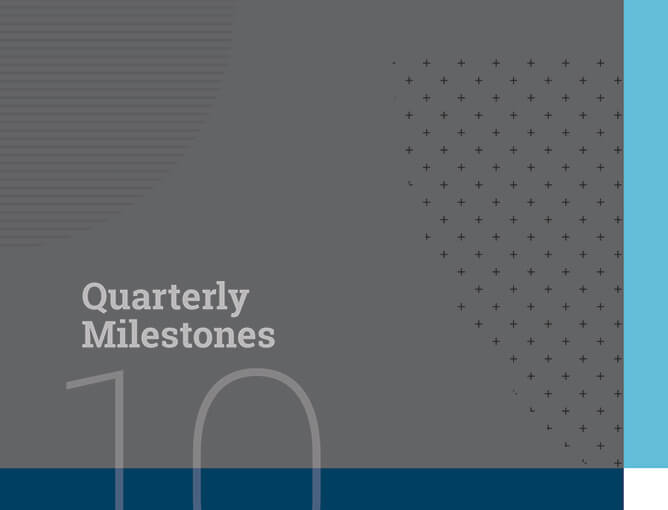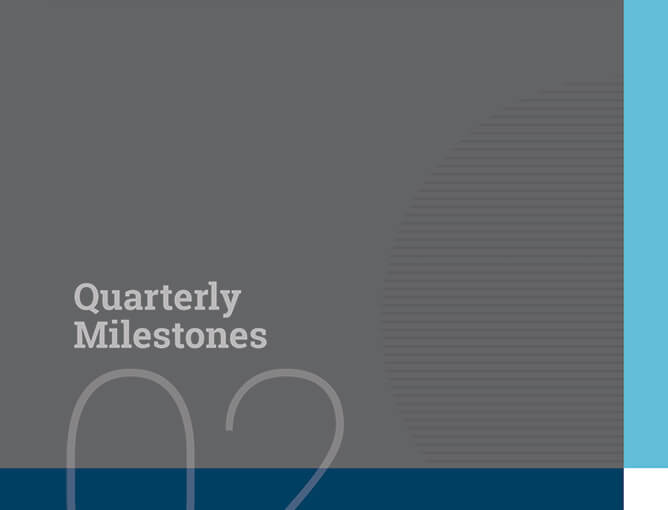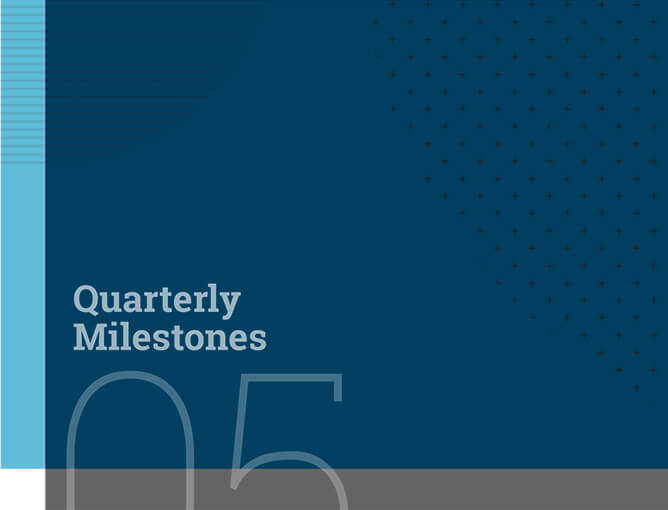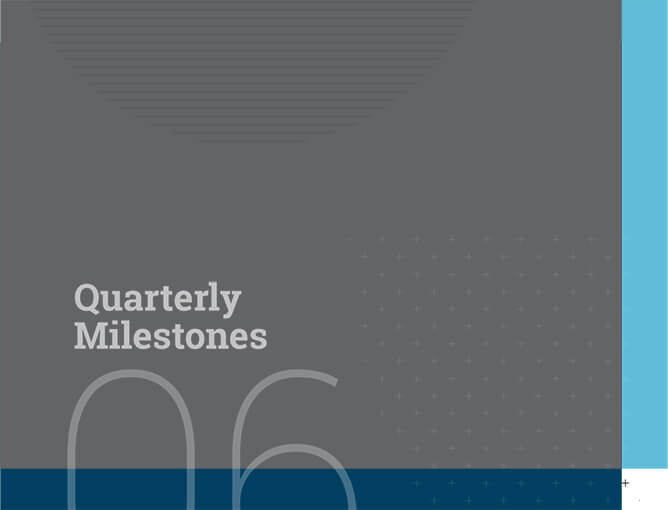
Gautam ChabraPartner

Riyaz BhagatCounsel

Pranav ButaliaAssociate
In the power sector, the second quarter of 2022 saw a couple of key regulatory developments. To further facilitate and promote the generation, purchase and consumption of green energy, the Ministry of Power (MoP) recently issued rules to ease the process of obtaining open access for procurement of green energy. A new regime to replace the existing framework for connectivity to the inter-state grid was introduced as well. The Government of India is also looking to further develop the policy framework surrounding electric vehicles (EVs), with Niti Aayog introducing the draft policy on battery swapping.
-
New framework for inter-state connectivity
The Central Electricity Regulatory Commission (CERC) issued the CERC (Connectivity and General Network Access to the Inter-State Transmission System) Regulations, 2022 (GNA Regulations) on 7 June 2022. The GNA Regulations look to replace the existing framework for connectivity and open access to the inter-state transmission system (ISTS) - though the regulations will only come into effect at a later date (to be notified by the CERC).
Issued further to the 'One Nation, One Grid' idea, these regulations aim to provide generating companies non-discriminatory open access to the ISTS through 'general network access'. The GNA Regulations provide flexibility to generators by providing open access rights without requiring them to specify injection and drawal points (though applicants are required to identify a preferred point of connection to the grid). Significantly, the GNA Regulations also relax restrictions currently imposed on the transfer of connectivity – a move that is likely to give deal makers more flexibility when structuring investments in the sector. Under the present framework for connectivity, only a wholly owned subsidiary can utilise connectivity granted to its parent. The GNA Regulations have eased this restriction by allowing any subsidiary to utilise connectivity granted to its parent company and vice versa. Further, the GNA Regulations also allow connectivity granted to renewable projects to be transferred after commissioning. Under the existing framework, transfer of connectivity is only allowed to a wholly owned subsidiary, one year after commissioning of the project.
(To read our detailed update on this development, click here.)
-
Introduction of the Green Energy Open Access Rules
Last year, on 16 August 2021, the Ministry of Power issued the Draft Electricity (Promoting Renewable Energy Through Green Energy Open Access) Rules, 2021, seeking comments from the public. The draft rules received a mixed response from industry stakeholders. The proposed reduction in the threshold for grant of open access to transmission and distribution systems from 1MW to 100kW was seen as a welcome change. However, distribution licensees, on the other hand, were sceptical about the adequacy of compensation for revenue losses on account of more consumers migrating to open access-based power procurement to meet their power needs.
On 6 June 2022, the MoP notified the finalised Electricity (Promoting Renewable Energy Through Green Energy Open Access) Rules, 2022 (GEOA Rules). The rules aim to simplify some of the regulatory challenges associated with the generation, purchase and consumption of green energy. The process of applying for and obtaining green energy open access has been simplified with the Power System Operation Corporation Limited now required to operate a single-window system.
The finalised GEOA Rules carry forward the reduction in the threshold for applying for open access to 100 kW (from 1 MW). Further, the threshold has been done away with altogether for captive consumers.
However, the GEOA Rules require state commissions to amend their existing regulations to align with the rules. Therefore, to benefit from this new framework, generators and consumers will likely have to wait until the states adopt the GEOA Rules.
(To read our detailed update on this development, click here.)
-
Enactment of the Late Payment Surcharge Rules
On 3 June 2022, the MoP issued the Electricity (Late Payment Surcharge and Related Matters) Rules, 2022 (LPS Rules). The LPS Rules supersede the Electricity (Late Payment Surcharge) Rules, 2021.
The LPS Rules aim to improve the bankability of the sale of power to utilities in India. The rules look to address key issues surrounding (i) the significant outstanding dues that distribution licensees have towards generators; (ii) payment security mechanisms; and (iii) mandating the levy of a late payment surcharge on delayed payments. The rules also provide an opportunity to distribution licensees to restructure their long-standing dues by making staggered payments.
Some additional features of the LPS Rules are as follows.
- All payments made by distribution licensees will first be adjusted towards late payment surcharge, if any.
- A failure to maintain payment security will entitle generators, trading licensees and transmission licensees to 'regulate' power supply to distribution licensees.
- Load despatch centres can reduce power supply to distribution licensees in case of default in payment of dues and/or EMIs.
While it remains to be seen how the LPS Rules will be implemented, the LPS Rules could potentially, if implemented correctly, play a significant role in resolving the deadlock between generators and distribution licensees over payment of dues and significantly improve the bankability of selling power to utilities in India.
-
Draft Battery Swapping Policy released for public comments
On 20 April 2022, Niti Aayog issued the draft Battery Swapping Policy (Draft Battery Swapping Policy) for public comments.
According to the Draft Battery Swapping Policy, two key factors make battery swapping a potentially attractive proposition. First, EVs are traditionally purchased with 'fixed' batteries that can only be charged while housed within the EV. Second, charging EVs takes significantly longer than refuelling cars with internal combustion engines. Accordingly, battery swapping, which involves exchanging discharged batteries for charged ones, is a viable option since it provides flexibility to charge EVs and batteries separately.
The key objectives of the Draft Battery Swapping Policy are:
- promoting swapping of batteries to de-link the cost of the battery from the cost of purchasing an EV; and
- offering greater flexibility to EV users by enabling interoperability of components.
The Draft Battery Swapping Policy comes at a time when interest in EVs is growing domestically and globally and stakeholders now keenly await the final policy.
-
Change in ownership restriction for Build-Operate-Transfer highway projects to be reduced to 1 year
The Ministry of Road Transport and Highways (MoRTH) issued a memorandum on 23 May 2022 amending the change in ownership restrictions in the model concession agreement for Build-Operate-Transfer (toll) highway projects. Selected bidders are now permitted to divest their interest in the concessionaire to below 51% after the expiry of 1 year from the date of commencement of commercial operations of the project, provided that final completion of the project has been achieved. Up until this time, however, 49% of the selected bidder's stake can be divested.
-
Project cost to be the sole basis for awarding highway projects on a Hybrid Annuity Model basis
The MoRTH issued another memorandum on 23 May 2022 modifying the model Request for Proposal and model concession agreement for Hybrid Annuity Model based highway projects. Previously, bids for these projects were evaluated by adding up the bid project cost and operations and maintenance (O&M) cost quoted by bidders. However, this has now been modified and the bid project cost will serve as the sole criteria for evaluating bids, with O&M costs being a fixed percentage of the bid amount.
-
Draft Roadmap for Carbon Capture, Utilisation and Storage released for public comments
The Ministry of Petroleum and Natural Gas (MoPNG) recently issued the draft Roadmap for Carbon Capture, Utilisation and Storage (Draft CCU Roadmap) for public comments. The Draft CCU Roadmap was prepared by a committee comprising officials from the MoPNG, industry executives and academicians.
The Draft CCU Roadmap recommends the provision of several incentives, including capital grants, viability gap funding and tax credits, to carbon capture, utilisation, and storage projects. The roadmap also contemplates the establishment of a carbon market in India with a long-term objective to promote India as a carbon storage hub. Carbon capture is recognised as a key part of combating climate change and will, one hopes, play an important role in decarbonising the environment. Stakeholders are required to provide their comments on the draft by 28 July 2022.
The upcoming quarter should see the implementation of recent regulatory developments in the renewables sector and will likely boost investor confidence in the regulatory landscape. The Government of India also recently announced plans to do away with e-reverse auctions for wind energy, which is expected to check artificially lowered tariffs and provide relief to the wind power industry. It plans to shift to a system of state-specific bids instead. Further, given India’s increasing focus on a multi-pronged approach towards sustainability and combating climate change, the policy framework for EVs and carbon capture technology should become more streamlined once the final battery swapping policy and CCU Roadmap are issued by the Government.












